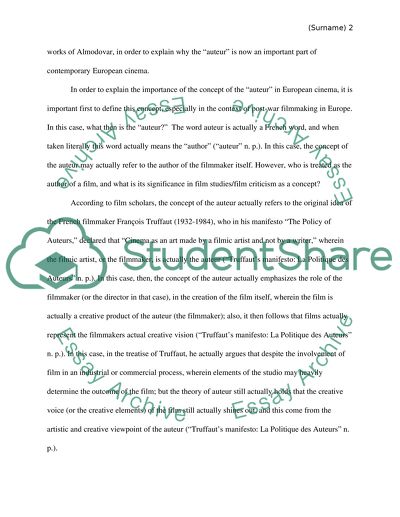Cite this document
(“Post-War European Films and the Concept of Auteur Essay”, n.d.)
Retrieved from https://studentshare.org/visual-arts-film-studies/1409489-post-war-european-films-and-the-concept-of-auteur
Retrieved from https://studentshare.org/visual-arts-film-studies/1409489-post-war-european-films-and-the-concept-of-auteur
(Post-War European Films and the Concept of Auteur Essay)
https://studentshare.org/visual-arts-film-studies/1409489-post-war-european-films-and-the-concept-of-auteur.
https://studentshare.org/visual-arts-film-studies/1409489-post-war-european-films-and-the-concept-of-auteur.
“Post-War European Films and the Concept of Auteur Essay”, n.d. https://studentshare.org/visual-arts-film-studies/1409489-post-war-european-films-and-the-concept-of-auteur.


